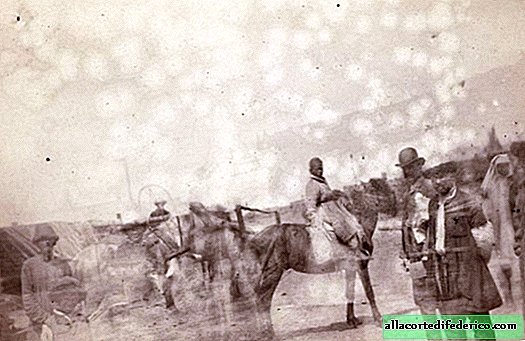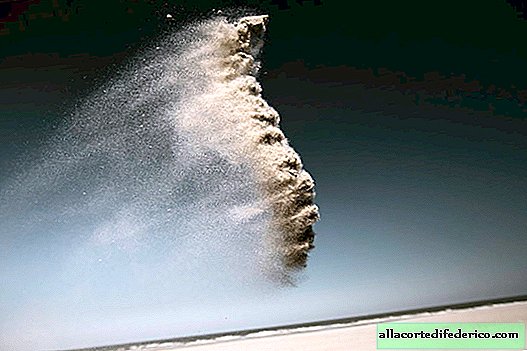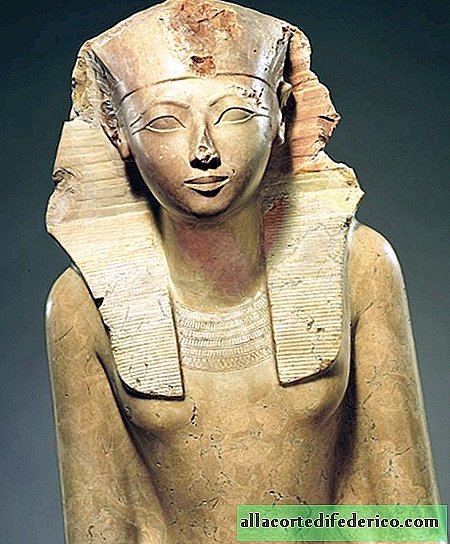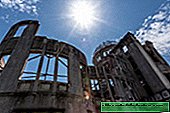Why windows and doors in an airplane are rounded
At the dawn of aviation, airplanes were completely different than they are now, and many decisions were implemented after another disaster that claimed new lives.
Even the doors with portholes began to be rounded after the next such incident, and not as a result of the idea of aircraft designers. Why did you have to get away from the usual forms of doors and windows in everyday life?
On Sunday, January 10, 1954, a British Overseas Airways Corporation de Havilland DH.106 Comet 1 aircraft flew to London from Rome Ciampino with BOAC 781 on its last flight from Singapore. I must say that the Comet 1 were the first jet-powered aircraft that they had just begun to use on commercial civilian flights. In 1953, BOAC became the first mass operator of this completely new type of aircraft, having the opportunity to transport passengers over long distances in a shorter time.
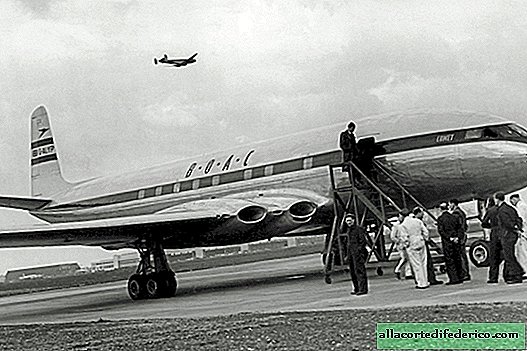
Take-off was at 09:34 GMT. At 09:50, the flight captain called another BOAC flight ahead of him to discuss the weather conditions along the route, but the connection was cut short. The crew did not report any emergency situations, but they didn’t get in touch either.
Fishermen saw the burning plane wreckage falling from the sky. The plane crashed in the Mediterranean Sea near the island of Elba. All 29 passengers and 6 crew members on board were killed. By evening, as a result of a search operation, 15 bodies were lifted from the water. Their study revealed fractures and bruises of the extremities received after death. But at the same time, no evidence was found that the death came as a result of the explosion. However, it was found that almost all had skull injuries and internal lung ruptures. Such injuries directly indicated that the death of passengers and crew occurred as a result of the instant depressurization of the aircraft at high altitude. The version of the explosion on board fell off immediately. But at the same time, experts could not understand what caused the destruction of the aircraft in the air.
Until the causes of the crash were clarified, three airlines operating this type of aircraft suspended their flights. But time passed, and the commission could not find out the cause of the crash of the BOAC 781 flight. Airlines suffered serious losses, so March 23, 1954 flights to Comet 1 were resumed. The head of the BOAC said in a television interview that the airline would not fly with passengers if it were not satisfied with the condition of the aircraft.
But the investigation continued, and in order to establish the causes of the disaster, BOAC even allocated one Comet 1 aircraft from its fleet in order to subject it to numerous seals and depressurizations akin to those that occur during operation.
Even at the beginning of the investigation, a fuselage model was built in which the mannequins were placed on the passenger seats to confirm the version of instant depressurization of the aircraft in Farnborough. Air was pumped into the fuselage, raising pressure until the structure withstood internal pressure and burst. The mannequins were thrown out of the seats, and the installed movie cameras recorded multiple blows of “heads” on the ceiling and protruding interior details. However, the reason for the destruction of the fuselage was not clear, because its design was created with a significant margin of strength and exceeded existing requirements.
In order to simulate the processes of sealing and depressurization akin to those that occur during operation on the ground, a huge pool was built in Farnborough. It was filled with water, into which the aircraft intended for experiments was loaded. Sealing was achieved by pumping water into the casing until certain pressure values were reached, after which the water was pumped out. Such a “procedure” continued without interruption for dozens, hundreds, only about a thousand times. Five months later, the body could not stand it and exploded. Among the identified factors, it was found that the highest body tension was in the corners of the holes cut out in the fuselage for windows, doors and hatches. It was in these places that fatigue cracks appeared, which led to a rupture of the body.
The work done to find the causes of the disaster significantly complemented the international requirements for organizing and conducting investigations.
On all jets, doors, windows and hatches began to be rounded, without sharp corners. In addition, the designers realized that aircraft should be equipped with devices that fix the operation of engines, systems and devices, as well as negotiations between crew members and with dispatchers.
In addition, the need for the so-called "black boxes" has clearly matured in aviation. After another plane crash with the Comet 1 in the same 1954, these boxes have become a mandatory requirement for all manufactured aircraft







